Experience from the world
The story of agricultural cooperative development in Japan is a clear example of the consolidation trend. In the 1950s, the country had 13,314 cooperatives in most communes across the country. However, the small scale caused resources to be scattered, and most cooperatives failed due to ineffective management.
After many policy adjustments, since 1961, the Japanese Government has issued laws to modernize agriculture, including cooperatives. After 1970, this country has carried out many mergers to establish farmer cooperatives called JA. By 2025, Japan will have only 524 cooperatives, collectively called JA.

Professor Takanashi Fumie, Tokyo University of Agriculture, shared his experience in merging Japanese agricultural cooperatives during his working trip to Can Tho City. Photo: Kim Anh.
Professor Takanashi Fumie, Tokyo University of Agriculture, shared that the outstanding benefit of the merger is to create strong financial potential for cooperatives. It helps them have high bargaining power, provide diverse services and have the capacity to carry out large projects.
Each JA in Japan currently has an average of 15,000-20,000 members, not only official farmers but also associate members using the products and services of the cooperative. The JA plays a role in carrying out the stages of production. When it comes to trading and consuming, the products will be sold completely wholesale. Farmers and cooperatives do not have to worry about signing contracts with businesses to consume the products.
Since then, this organization has not only been a "shield" to protect the livelihoods of Japanese farmers, but also enhanced the competitiveness of agricultural products in the market.
Associate Professor Dr. Nguyen Duy Can, Department of Development Economics (Can Tho University) shared more experiences in Korea. Since 1961, this country also had a policy of merging agricultural cooperatives. By 1973, the merger process was completed, the number of cooperatives decreased from 21,042 (in 1961) to less than 1,000 (in 2010). In contrast, the size of each cooperative's membership increased from an average of 82 to more than 2,000 members/cooperative.

The development trend of agricultural cooperatives in Korea also shows that the number of cooperatives is decreasing and the number of members is increasing. Photo: Kim Anh.
The strength of agricultural cooperatives in Korea is their control of the entire value chain, especially the processing stage. Farmers do not only sell raw rice, but also promote the production of post-rice products such as rice, flour, and cakes, bringing higher added value. This is something that Vietnamese cooperatives lack due to limitations in capital, scale, and organization.
Another experience from the United States, agricultural cooperatives in the land of the stars and stripes have a long history, dating back to 1810. After a period of rapid development with 12,000 cooperatives in the 1930s, the United States entered a strong restructuring process. By 2015, the country had only 2,047 cooperatives, but the average number of members increased to nearly 1,000 per cooperative.
After the merger, US agricultural cooperatives operate professionally and have international brands, especially in the dairy, grain, and fruit industries.
Need to merge to grow
In Vietnam, the first cooperative was established in 1948. Later, the number of cooperatives in the country began to develop and increase gradually. By 1974, the country had 46,000 cooperatives established and the peak of the renovation period in 1986 was up to 76,000 cooperatives.
After the Law on Cooperatives 2012 was enacted, the number of cooperatives increased rapidly, due to the pursuit of quantity, while the number of members tended to decrease. Typically, in 2013, the whole country had 9,939 cooperatives, with an average membership size of 415 members/cooperative. But by 2018, the number of cooperatives increased to 13,856 cooperatives, the membership size decreased to 231 members/cooperative.

The Mekong Delta currently has over 2,700 agricultural cooperatives, but the average size is only 77 members/cooperative. Photo: Kim Anh.
By 2024, the country will have over 20,000 cooperatives, but the average number of members will be only 183 members/cooperative. In particular, the Mekong Delta region - the key agricultural production center of the country, currently has over 2,700 agricultural cooperatives, but the average size is only 77 members/cooperative.
The weakness of agricultural cooperatives is that they are scattered, many of which are established just to “run policies”. Some cooperatives do not have offices, human resources, and operate in a formal manner. Product consumption is still difficult, cooperatives often have to sign contracts directly with businesses, taking on many risks. This makes product quality uneven, and consumption and brand building face many challenges.
This reality is completely opposite to some countries in the world, such as in Japan, during this period, the number of agricultural cooperatives is decreasing, the number of members in each cooperative is increasing.
From practical experiences in some countries with strongly developed agriculture, Associate Professor Dr. Nguyen Duy Can stated that merging cooperatives to increase scale and number of members is an inevitable trend.
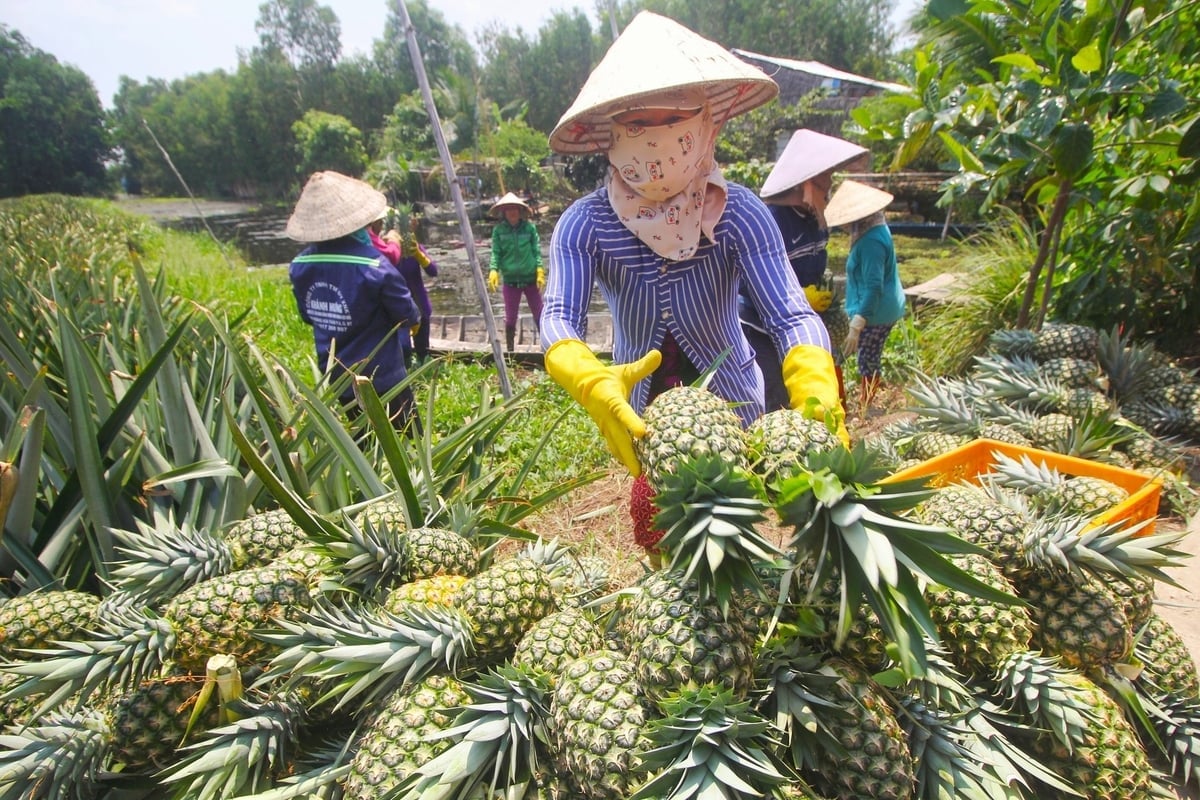
The merger not only helps cooperatives concentrate resources and improve management capacity, but also expand services, increase competitiveness and participate more deeply in the value chain. Photo: Kim Anh.
In the same commune or province/city, merging agricultural cooperatives in the same field will create a large enough organization with financial and human resources strength. Then, the cooperative can invest in processing, trade, and brand building, instead of just stopping at raw production.
Resolution 57-NQ/TW emphasizes the goal of building large-scale, modern and digital cooperatives, with consolidation being the key to implementation. Because only when large enough, new-style agricultural cooperatives can apply high technology, digital transformation, quality control and build a traceability system according to market requirements.
Associate Professor Dr. Nguyen Duy Can said that a clear strategy for merging cooperatives is needed to avoid spontaneous mergers. The process of merging cooperatives must focus on democratic mechanisms, ensuring the voice of members.
In addition, policies to support capital, land, and infrastructure are needed so that the merged cooperatives can invest in processing and trade. In particular, it is necessary to strengthen training of management personnel and learn international experience to operate cooperatives professionally.
Source: https://nongnghiepmoitruong.vn/hop-nhat-htx-nong-nghiep-kinh-nghiem-tu-the-gioi-d771761.html


![[Photo] Deep sea sand deposits, ancient wooden ship An Bang faces the risk of being buried again](https://vphoto.vietnam.vn/thumb/1200x675/vietnam/resource/IMAGE/2025/11/13/1763033175715_ndo_br_thuyen-1-jpg.webp)



























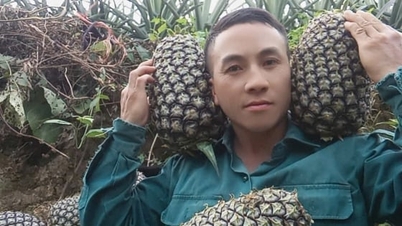
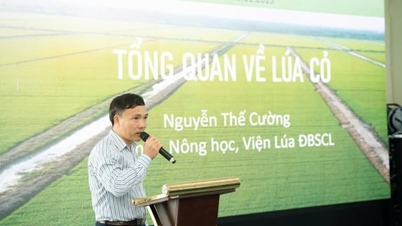

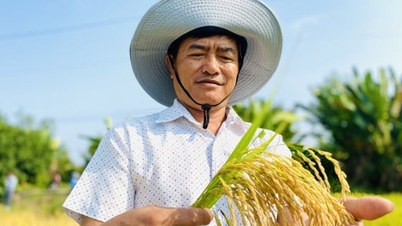










































![[Photo] Panorama of the 2nd Vietnam-Cambodia Border Defense Friendship Exchange](https://vphoto.vietnam.vn/thumb/402x226/vietnam/resource/IMAGE/2025/11/13/1763033233033_image.jpeg)



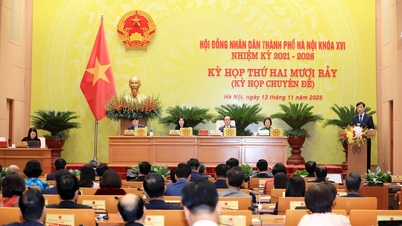









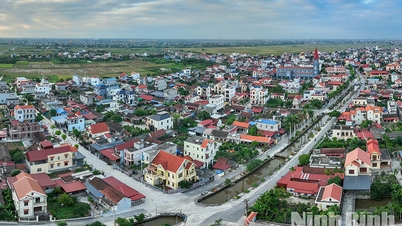









![Dong Nai OCOP transition: [Article 3] Linking tourism with OCOP product consumption](https://vphoto.vietnam.vn/thumb/402x226/vietnam/resource/IMAGE/2025/11/10/1762739199309_1324-2740-7_n-162543_981.jpeg)





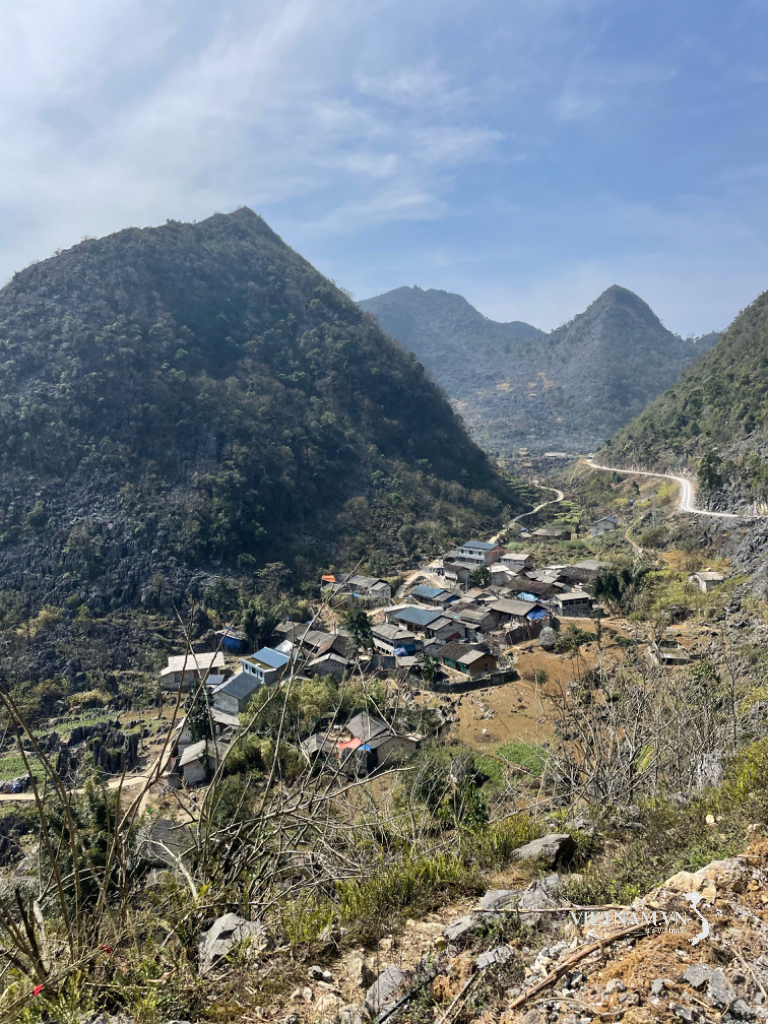
Comment (0)